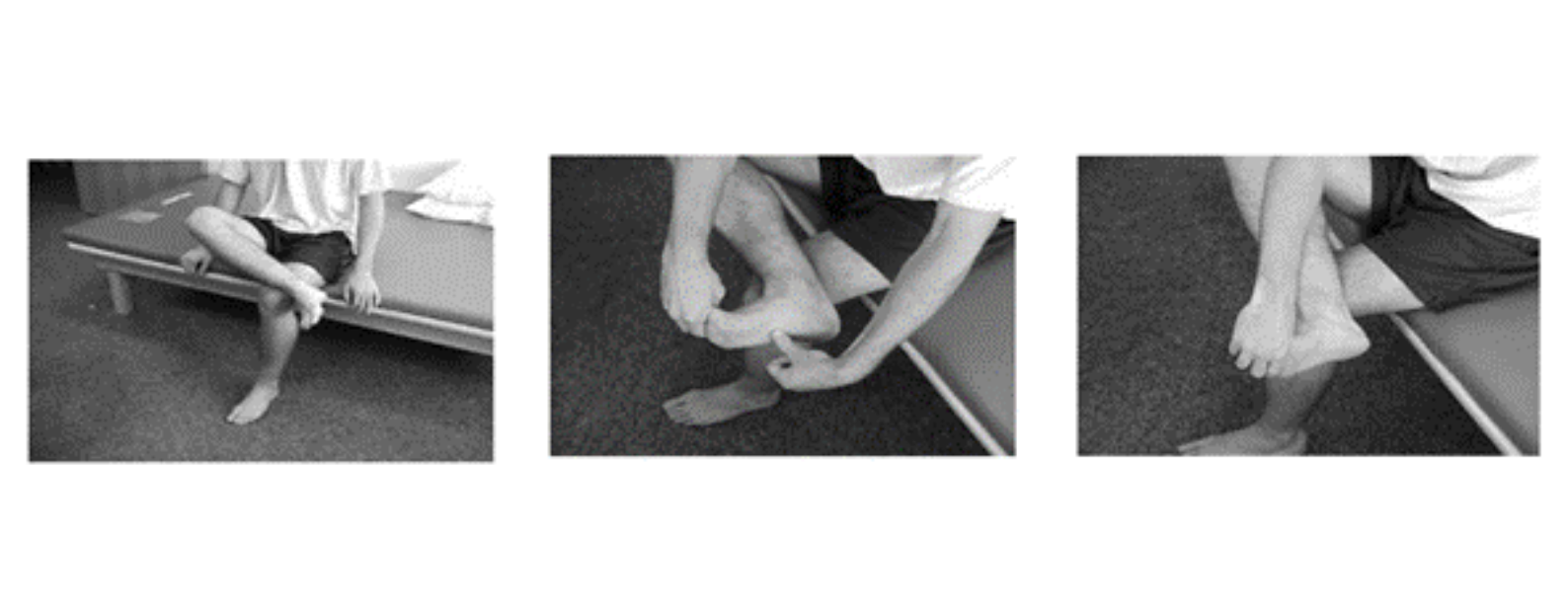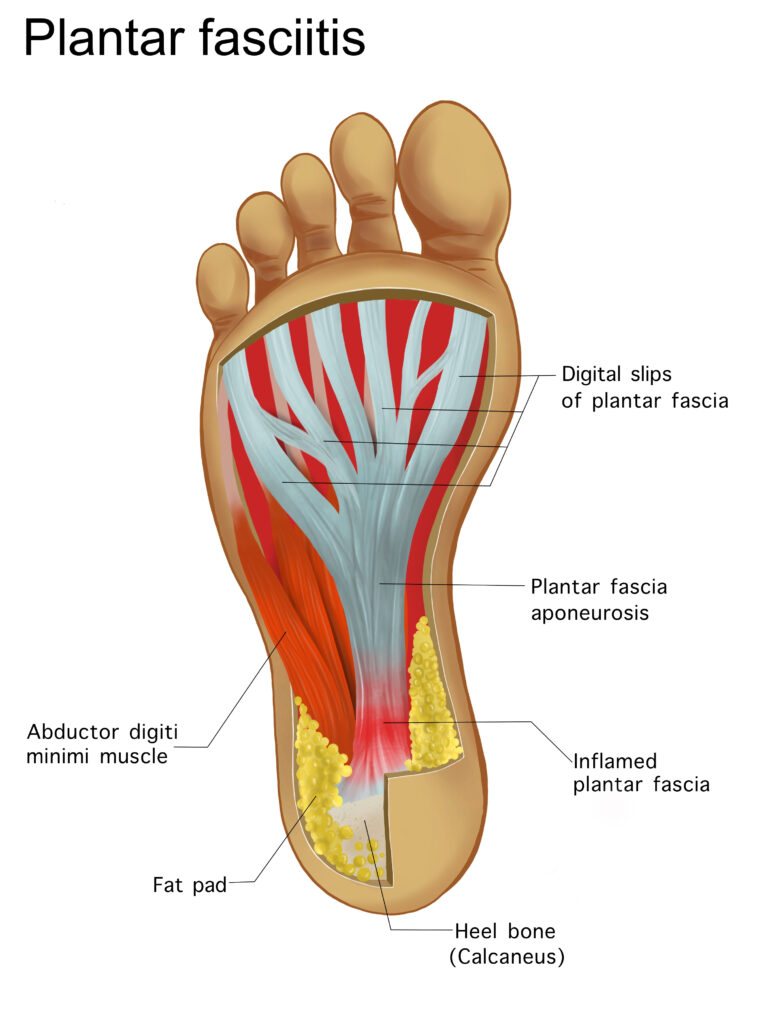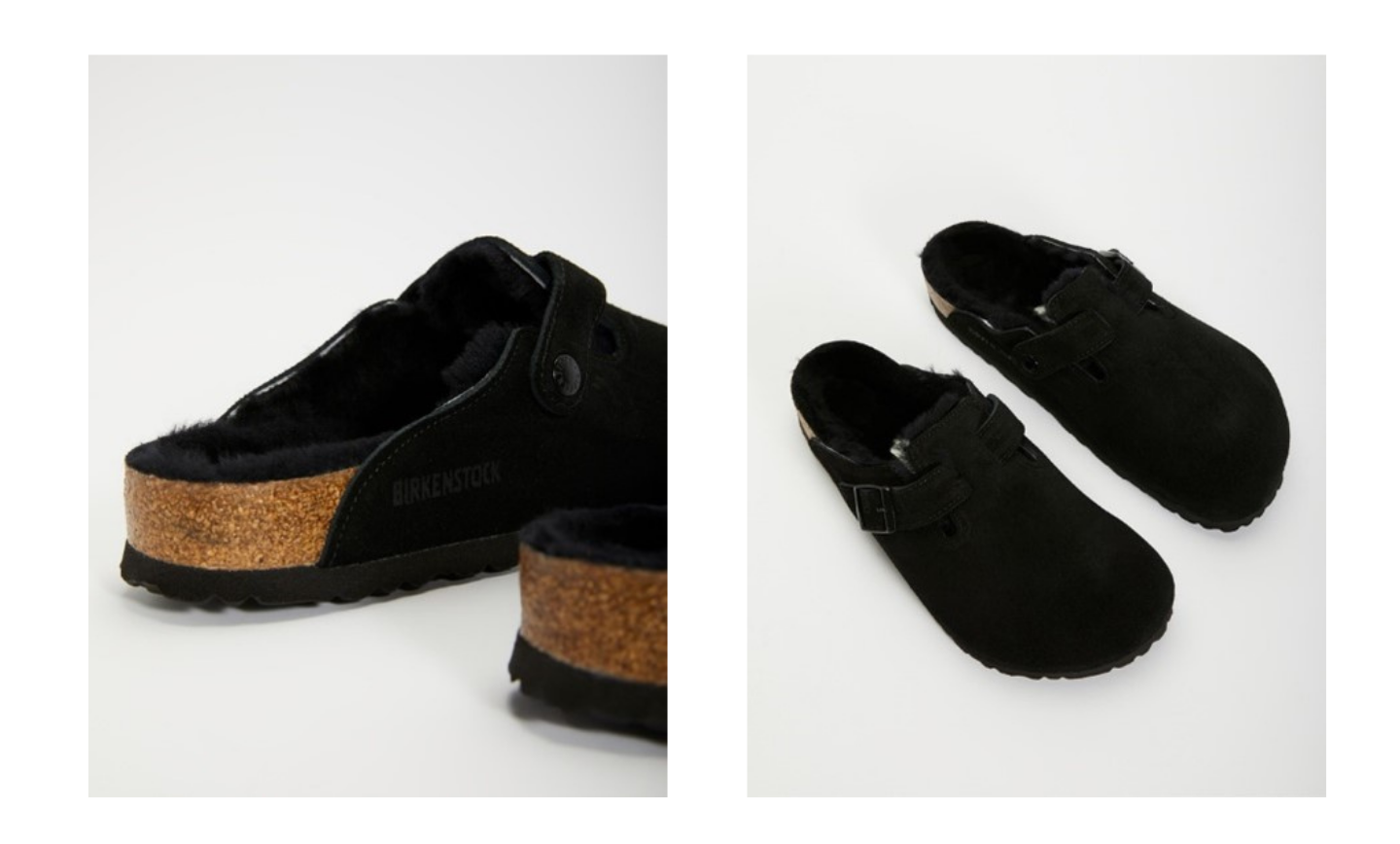What is “Ugg boot foot”?
Ugg Boot Foot is an umbrella term which describes foot pain believed to be caused by the combination of hard floors at home and/or unsupportive indoor footwear. It doesn’t refer to one specific pathology, but rather any musculoskeletal foot condition where footwear may be a contributing factor. A typical presentation is the onset of pain through the arch or heel of the foot in a person who works long hours at home or has recently changed their working habits.
The actual pathology is most commonly Plantar Heel Pain (PHP) (also referred to as Plantar Fasciitis).
This condition is typically characterised by pain radiating from the anteromedial aspect of the plantar heel. It is most intense with the first steps of the day, or after rest and often reduces with activity. As the condition progresses these symptoms can become more debilitating reducing the sufferers’ ability to weight bear and do daily activities [3]. PHP is one of the most common musculoskeletal disorders of the foot and is estimated to affect 10% of the population at some point in their life [4].
Plantar Heel Pain and Footwear
When talking about indoor footwear and foot health, the typical anecdotal feedback is that they don’t provide sufficient support for the feet, are poorly fitting, and are prone to wearing out quickly. However, these terms are not well defined, and lack evidence relating to being causative factors for foot injuries. So, what specifically about indoor footwear like Ugg Boots is so bad for foot health and heel pain in particular?
Firstly, the management of load on the feet has a significant role both in the cause and management of PHP. Indoor footwear is typically flexible, slips on and may have little to no material around the ankle. This gives the shoe very little capacity to control load around the plantar fascia and heel, for example in controlling the rolling in of the feet in those with a pronated (flatter) foot posture.
Secondly, indoor footwear is often an afterthought for a person it comes to their footwear. Whilst people can spend considerable time and money on shoes for day-to-day activity or exercise, the choices that we make about indoor footwear are often less considered. Indoor footwear is typically not designed for the demands of extended use and thus options like different widths or half sizes are not available.
Thirdly, the increased time in these types of shoes, when combined with the hard floors around the home is a clear causative factor. When reviewing PHP in the workplace, there is some evidence of a causal association between prevalent PHP and weightbearing tasks such as walking and standing on hard surfaces [5].
Recommendations
To begin with, wearing an Ugg boot or slipper whilst at home is not in itself a bad thing. There is a reason why we wear them, whether it’s convenience, or the comfort and warmth from the soft lining inside.
However, it’s important to consider the length of time and activities you’re doing in indoor footwear. Think of tasks like doing the laundry, cleaning the dishes, cooking meals, and emptying the bins. These can involve long periods of standing which is a known risk factor for heel pain. Doing this routine day after day, in indoor footwear, can easily overload the foot leading to the onset of PHP. The longer spent doing these tasks in indoor footwear increases the chances of developing painful feet.
In those with PHP, I recommend wearing a shoe whilst at home that at a minimum is well fitting, supports the arch and heel of the foot, and incorporates a rearfoot to forefoot drop [3]. Nearly all running shoes have these properties but there are a range of indoor shoes that achieve this too. Some people prefer a Crocs type sandal, whilst I use Birkenstock slippers. If you aren’t sure, speak to a podiatrist or shoe store for guidance.
Foot stretching and strengthening have also been shown to be beneficial in the prevention and management of PHP. A typical protocol would be 10 repetitions at least 3 times a day, with the important times being before taking the first step in the morning and before standing after a period of prolonged sitting [6]. A next step would be to increase you load capacity with daily foot strengthening exercises. This is best coordinated by a qualified health professional.

References
- Australian Institute of Family Studies, “Two Thirds of Australians are working from home.,” 17 June 2021. [Online]. Available: https://aifs.gov.au/media-releases/two-thirds-australians-are-working-home#:~:text=The%20Families%20in%20Australia%20Survey,to%2042%25%20pre%2DCOVID.
- T. Mills, “Monitors on bricks, and ‘ugg boot’ foot: Working from home, an injury story,” The Age, 29 July 2021. [Online]. Available: https://www.theage.com.au/national/victoria/monitors-on-bricks-and-ugg-boot-foot-working-from-home-an-injury-story-20210728-p58djo.html.
- D. Morrisey, M. Cotchett, M. J’Bari, T. Prior, I. Griffiths, M. Rathleff, H. Gulle, B. Vicenzino and C. Barton, “Management of plantar heel pain: a best practice guide informed by systematic review, expert clinical reasoning and patient values,” British Journal of Sports Medicine, 2021.
- D. Riddle, M. Pulisic, P. Pidcoe and R. Johnson, “Risk factors for plantar fasciitis: a matched case-control study,” The Journal of bone and joint surgery (American volume), Vols. 85-a(5), pp. 872-7, 2003.
- E. Waclawski, J. Beach, A. Milne, E. Yacyshyn and D. Dryden, “Systematic review: plantar fasciitis and prolonged weight bearing,” Occupational Medicine , vol. 65, pp. 97-106, 2015.
- RACGP, “Streching exercises: plantar fasciitis,” October 2014. [Online]. Available: https://www.racgp.org.au/getattachment/5a9e13ba-b98d-4f6f-927c-abf8ec4f61ee/Stretching-exercises-for-plantar-fasciitis.aspx.


